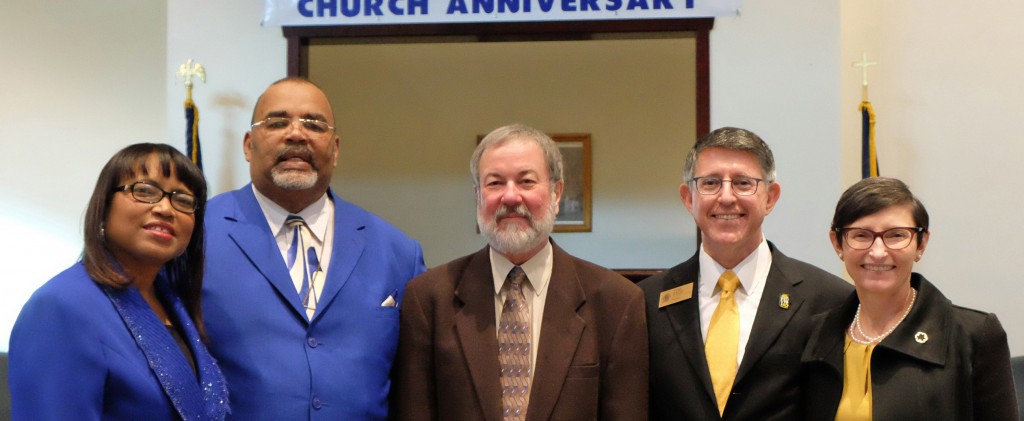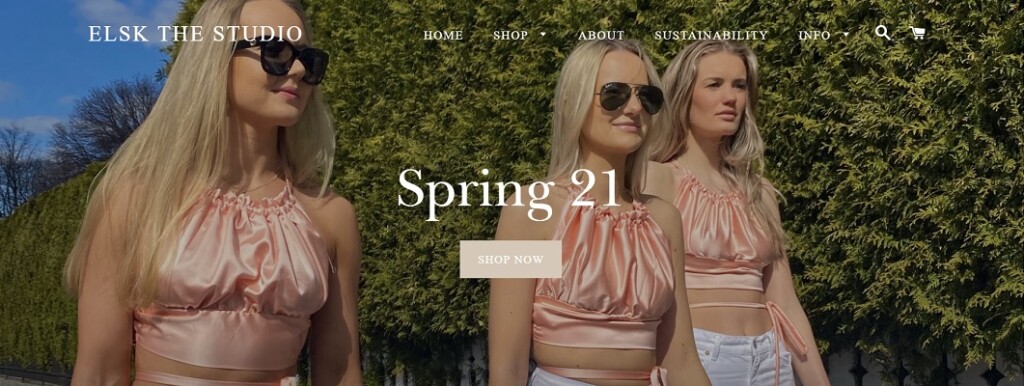Page 411 • (6,248 results in 0.069 seconds)
-
Posted on November 16, 2017October 31, 2018 A Weekend with Mother Earth and the Zapotecs The third weekend in September, at the end of our Spanish Intensivo and right before the beginning of Term II, we set off to Pueblos Mancomunados del Norte, in Oaxaca’s Sierra Norte. More specifically, we travelled to a small town called La Nevería. While there, we were honored to be welcomed into a Zapotec community … Continue reading A Weekend with Mother Earth and the Zapotecs
-
Endowed Scholarship for Nursing Loren J. and MaryAnn W. Anderson Global Scholar Grants funded by the Loren J. and MaryAnn W. Anderson Global Scholarship Endowment Fund William and Jeanie Anderson Endowed Scholarship Hazel M. Anderson Endowed Scholarship Mary Elaine and Erling Anderson Scholarship Tom and Kathryn Anderson Endowed Scholarship Faye M. Anderson-Van Beek Endowed Scholarship for Community and Volunteer Service Ruth Anenson Memorial Scholarship Ankrim-Miller Endowed Scholarship Anthropology
-
means to “help” people. “It’s not as clear cut as you would like,” she explained. “How do they define what they need, and then how do we define what they need?” The answer might lie with a group of adolescents she mentored in Kenya. The group was trying to educate their community – particularly its youth – about HIV/AIDS. The stakes were high – she knew if they didn’t succeed, then everyone in the community would likely die. She, of course, could not stay there forever. The community of Kenyans did
-

hand, and walked off. I just wanted out of there.” Huang spent most of her life in Nanning, a Chinese city in Guangxi Province, where she lived with her family and friends. China always signified childhood, self and home. But in 2011, she relocated to Everett with her mother, to live with her stepfather, Don Rollevson — someone she refers to, lovingly and simply, as “dad.” She finished her final years of high school and two years of community college before enrolling at PLU to major in biochemistry
-

faces, and making PLU your new home away from home.This year, roughly 1,160 students are living on campus, many of whom are first-year students or sophomores who spent last year attending classes virtually from home. They collectively descended on campus the first week of September for LUTE Welcome, a rapid-fire series of events that included move-in, new student orientation, convocation, the student resource fair and others. Dhaval Patel is the community director of Stuen, Ordal and Kreidler Halls
-

which students, faculty members, staff, and community members can feel comfortable talking about race? What concrete steps can we take to make our campuses more welcoming to diverse people? And how do we do this work in a careful, collaborative way, while being mindful that students and others expect quick results in an age of Twitter activism? I hope that you will share with me your thoughts and ideas, perhaps even volunteer to work with us on how we can make PLU a model for doing this important
-
J-1 Exchange VisitorsPacific Lutheran University extends a warm welcome to its international scholars! The Exchange Visitors and Visiting Scholars are a valued part of the PLU community. The Wang Center for Global and Community Engaged Education is committed to providing support to our visiting scholars each year. We are here to provide assistance with campus logistics, as well as support with immigration services. The broad purpose of the Exchange Visitor program is to promote international
-

. Despite learning online, the lessons stuck. “The goal of Innovation Studies is to help us be creative and multiply our impact through teaming and social initiatives,” she said. “I was hooked!” Lund continued to experiment with clothing design and her friends began to notice. During Winter 2020, she decided to advertise some of her hand-made products to people in the Oslo area. The response was strong enough that she launched Elskthestudio.com, a clothing business focused on women’s fashion and
-
describe what they did to learn (how they learned) and what they learned. Personal reflections. Usually gathered after a learning activity or whole course, these can be generated in writing, class discussions, online exchanges, learning portfolios, or even in SGIDs (Small Group Instructional Diagnosis). Learning portfolios Performance in problem-based learning CaringIn this kind of learning, you are trying to either get students to care about something new or in a new way, or to learn how to reflect on
-
participate in a PLUTO program offering. The PLUTO Essentials program in particular allows faculty to explore fundamental tools for online teaching — it’s a great place to begin learning about Sakai. Visit plu.edu/pluto to learn more or apply. Return to Teaching & Learning with Technology
Do you have any feedback for us? If so, feel free to use our Feedback Form.


